There are many benefits to keeping houseplants in your apartment, but some types of plants are more suitable than others.
If you have a busy schedule or travel frequently, it can be difficult to remember to care for your plants, so it’s best to choose houseplants that don’t need to be watered often or need a lot of fertilizer to grow.
That’s why we recommend succulents if you’re looking to spruce up your living space with some greenery. Succulents provide all of the positive effects of indoor plants without requiring much time or effort.
Benefits Of Succulents
Not only are succulents extremely difficult to kill, many only need to be watered every few weeks (or even months). Succulents also tend to be a budget-friendly option for apartment dwellers, available at some nurseries for just a few dollars each.

Additionally, succulents have the unique ability to propagate easily. It only takes a few steps to multiply your succulent collection by taking cuttings or growing new plants from leaves, saving you even more money in the long run.
For those with smaller apartments, baby succulents take up a minimal amount of space and can be easily placed on a small shelf or windowsill to add color and texture.
Yet despite their small size, succulents are air purifying powerhouses. Many varieties, such as snake plants, help improve indoor air quality by absorbing harmful volatile organic compounds (VOCs) and filtering out materials that can cause allergies. They also release oxygen in your space, which can help improve your mood and productivity and reduce stress.
Finally, succulents are some of the most pet-friendly plants you can keep in your apartment. While it’s always important to research specific succulent species, popular varieties like Haworthia and Echeveria are generally safe for cats and dogs.
Best Succulents For Your Apartment
Succulent plants come in many sizes, shapes and colors to fit whatever aesthetic you’re going for in your apartment. Here are some of favorite indoor varieties:
Echeveria: Echeverias are gorgeous rosette-shaped succulents that come in an array of colors and textures. The blue-green leaves become tinged with red when exposed to sun, making them a lovely and colorful design element for an apartment.

String of pearls: String of pearls plants are unique vining succulents that are easily recognizable by their tiny pea-shaped leaves. The leaves grow on trailing stems, so they’re ideal for a hanging basket or planter on a high shelf. One will survive for about five years if properly cared for, but you can propagate new plants from stem cuttings to keep it alive indefinitely.
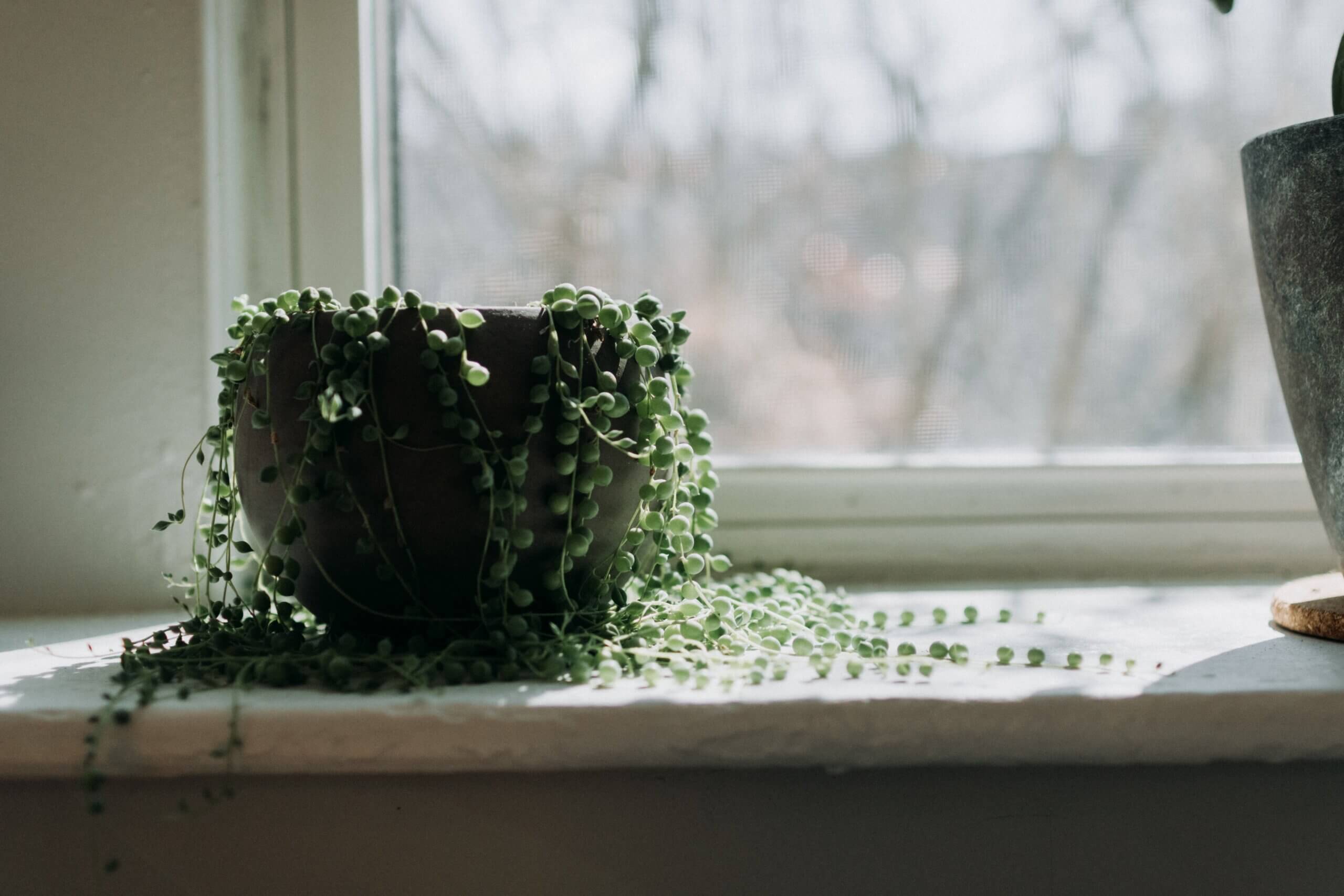
Aloe vera: Aloe vera is a popular succulent that requires bright, indirect light and infrequent watering. It is known for its medicinal properties and gel-filled leaves, which can be used to soothe burns and other skin ailments. Skip the pharmacy and treat your sunburn at home with your aloe plant.

Jade plant: The jade plant has round, hardy, fleshy leaves. The plant has a lifespan of up to 70 years with the proper care. It is slow-growing (gaining only about two inches of height per year), but it can reach a total height between three and six feet. Requiring sunlight and limited water, the jade plant is a great option for a busy apartment dweller.
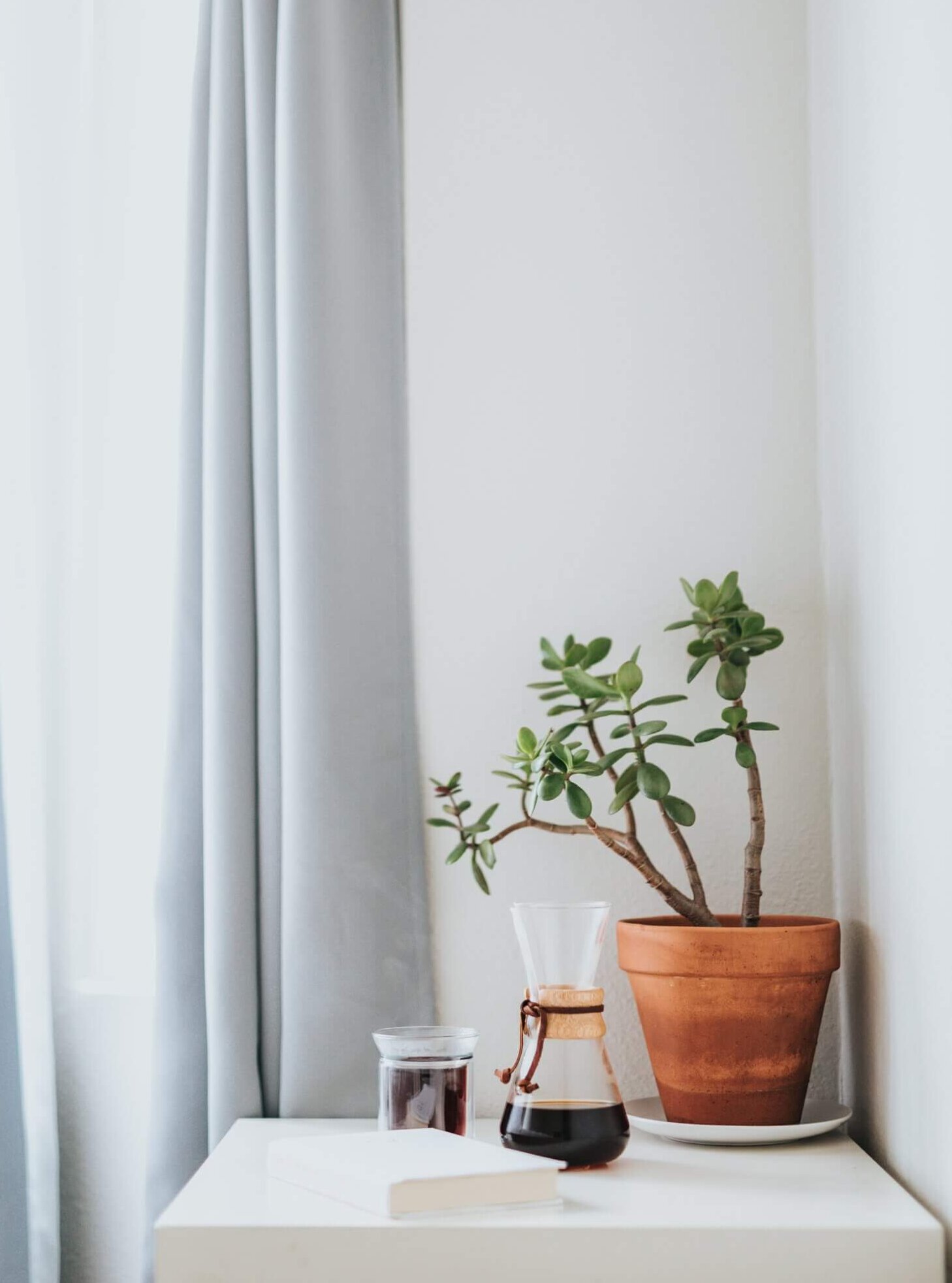
Snake plant: Snake plants are some of the easiest plants to care for. They have long, upright leaves that come in various patterns that appear similar to snakes, hence the name. Unlike many other succulents, they can tolerate low light conditions, making them suitable for apartments that don’t get much natural light. They can quickly grow to several feet tall and can brighten up a dark corner of your apartment. And they’re some of the best plants for purifying air, making them a smart addition to bedrooms and offices.
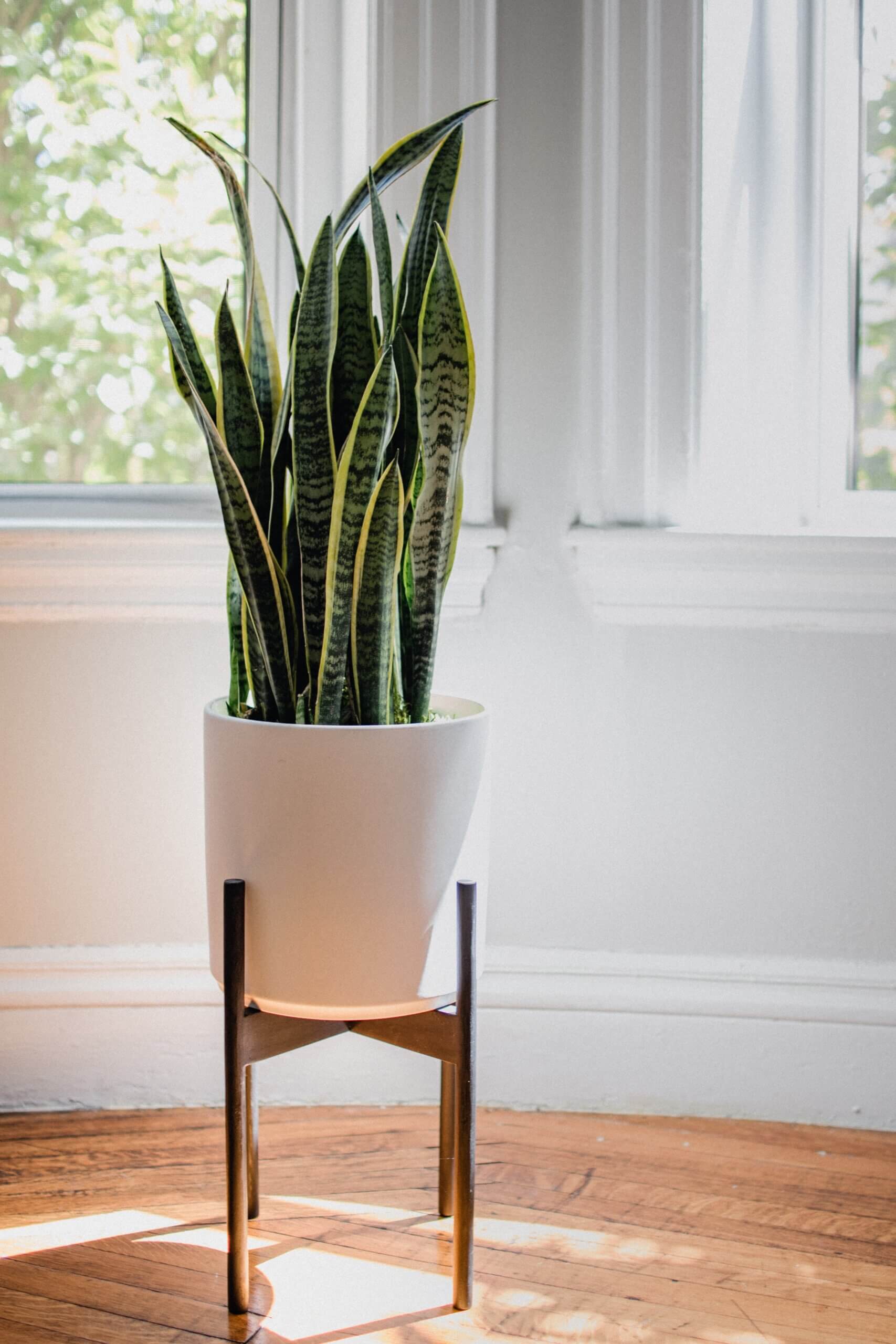
Cactus: If you’re forgetful about watering, the cactus plant is a fantastic choice. Even in the summer, they only need to be watered about every month. And cacti go dormant in the winter, requiring water just every couple of months. When many people think of a cactus, they picture the cylindrical green variety, but cacti come in a variety of colors and shapes to suit your apartment’s visual needs. We love the round yellow or red moon cactus for a bright fun design element. We also love the color and shape of the prickly pear cactus, which comes in a bright pink or purple.
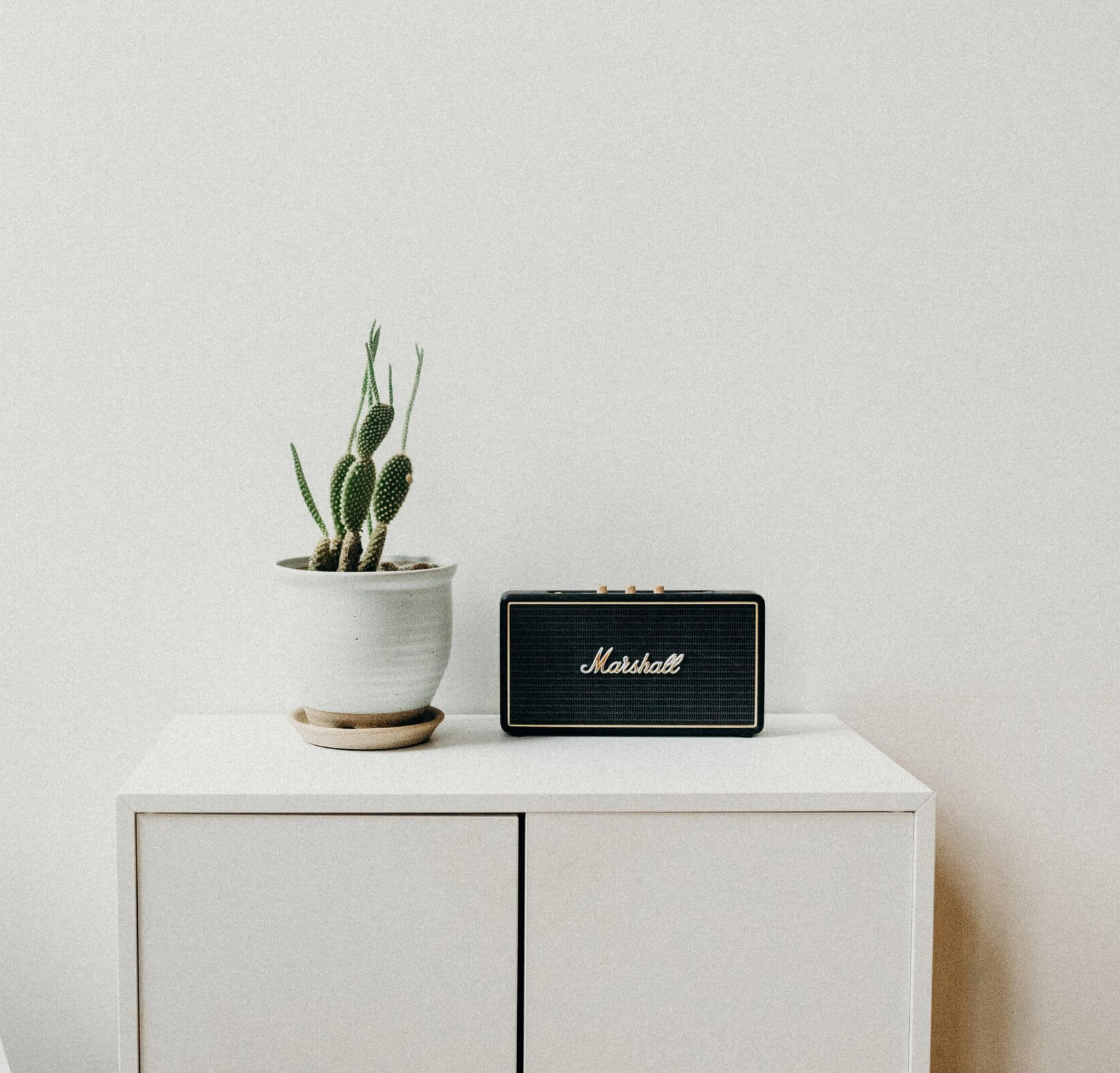
Panda plant: The panda plant is easy to care for and maintain due to its furry, velvet-like blue-green leaves. These elliptical-shaped leaves store water, so you can go several weeks without having to water the plant. The protective coating on the leaves also insulates against temperature extremes, which can be useful in a drafty apartment.
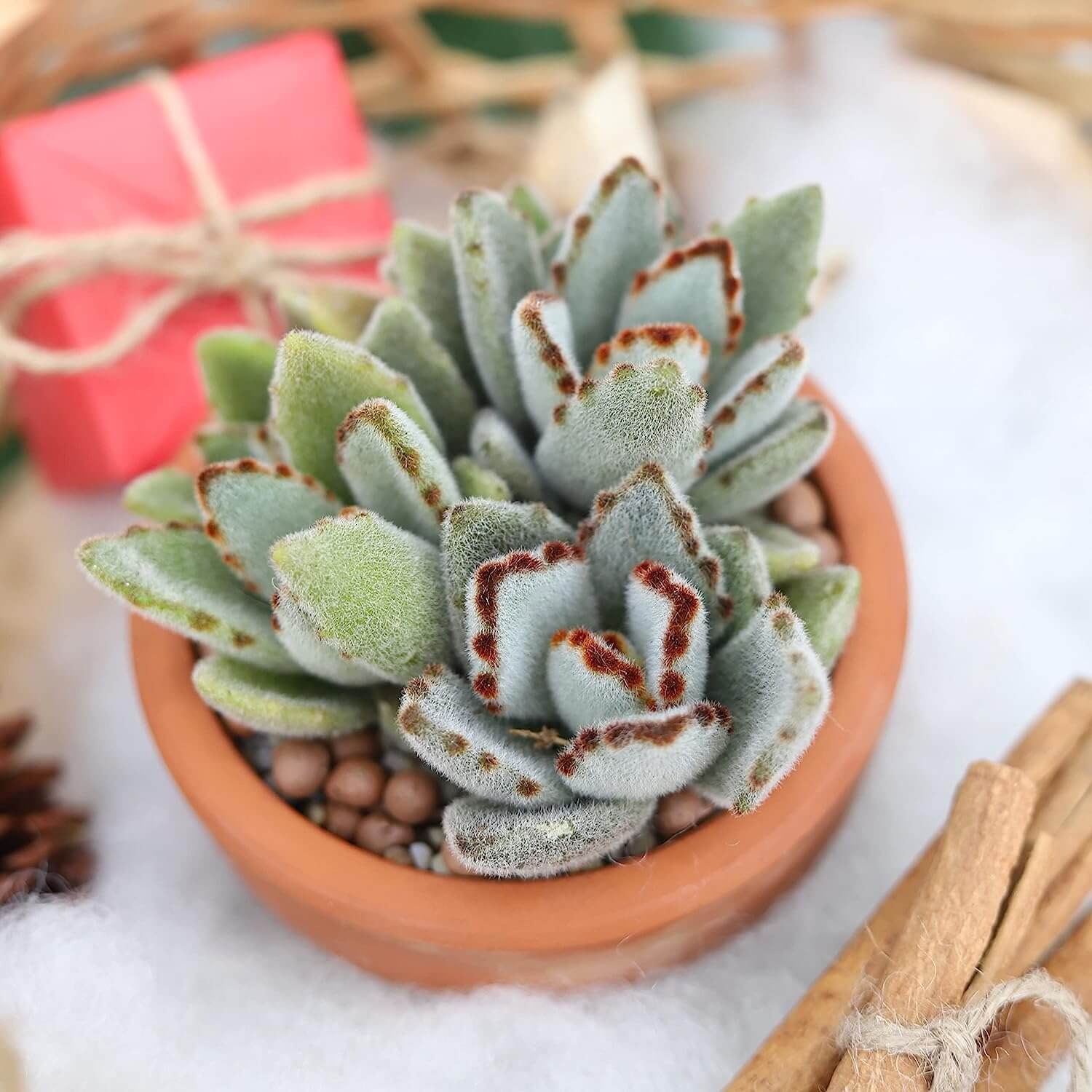
Caring For Succulents
Succulents are used to arid conditions, so they generally require well-draining soil to prevent root rot due to waterlogged roots. A porous, grainy soil mixture with sand, moss and perlite or pumice is ideal.
Succulents are drought-tolerant and should be watered sparingly. You should regularly assess the moisture levels of the soil and allow it to dry out between waterings. A moisture meter can be a useful tool to make sure you’re not over- or under-watering your succulents.
With a few exceptions, succulents typically thrive in bright light, so it’s important to place them close to windows with indirect sunlight. Note that if you live in a cold climate like Buffalo, you’ll want to make sure to keep your succulents away from chilly winds, as temperature fluctuations can stress and harm the plants.
Since windows can be a source of cold, try to place your succulents close to a heating element. If your apartment can be drafty, you may want to choose cold-hardy succulent species, such as Sedum or Sempervivum. Or choose a variety that doesn’t need much light so you can place it further from a window or door.
Plant Care Apps
When you own a variety of succulents with different water and light needs, it can be difficult to keep track of what needs to be watered and when. That’s why we love using cell phone apps to get watering reminders and stay on top of plant care. These apps are also useful for figuring out what’s wrong with your plant and how to fix it. Here are some of the best apps we’ve found:
Planta – This is one of the most popular plant care apps, and for good reason. At the free level, the app can still send watering reminders and recommend plants based on your home and level of plant care experience and commitment. If you’re serious about plant care, the $8/month subscription has awesome features such as a light meter to measure sunlight and access to their plant-care expert to help you fix common plant problems.
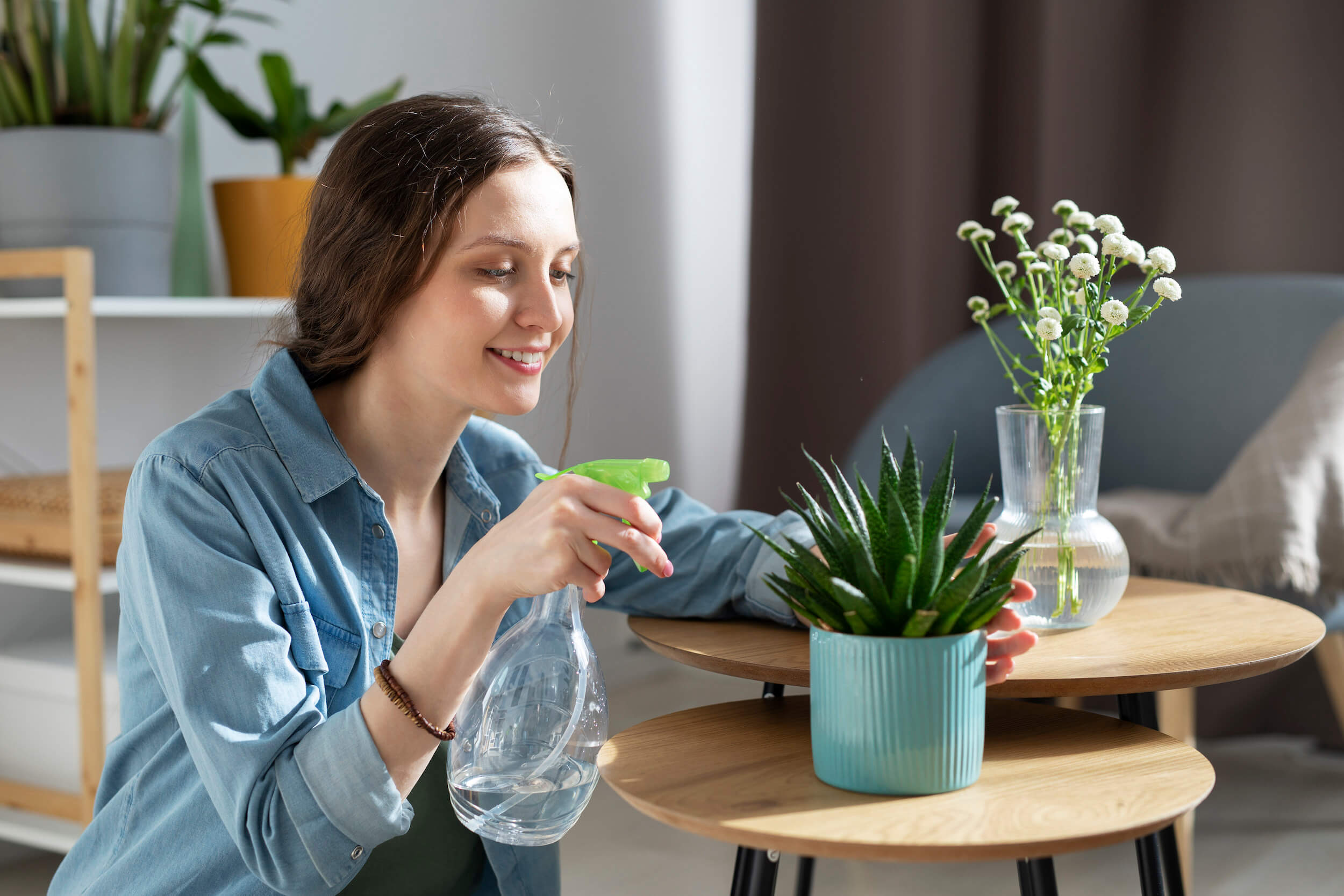
Blossom – The Blossom app contains a lot of in-depth information about caring for different plants and how often to water and/or fertilize. Want to know if your plant is suffering from an infestation or disease? For $4 per month, you can take a photo of your struggling plant, and the app will identify the issue and explain how to remedy it. It also provides customized watering recommendations based on your plant type and the size of your pot.
Vera – This totally free app provides information about water and light needs for all of your plants, but allows you to set your own watering and fertilizing schedules and will give you reminders when it’s time to complete these tasks. You can track your plant’s growth and keep notes about changes in your plants to monitor them over time. The interface is attractive and easy to use, making it one of the best free plant apps available.
Where To Buy Succulents In Buffalo
While you can find affordable succulents at big box stores like Home Depot, we encourage you to support local businesses for the freshest and most lush varieties.
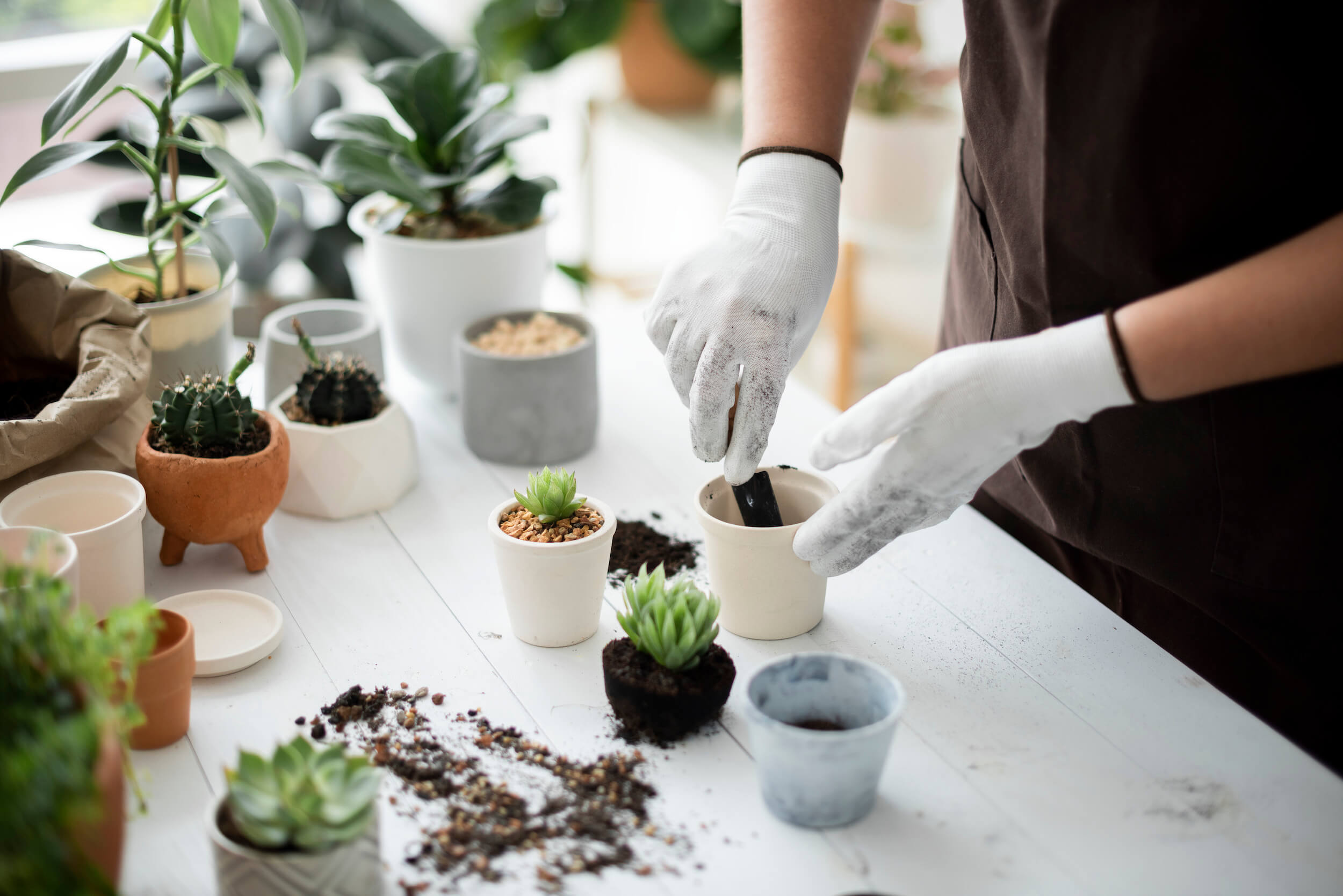
Here are some of our favorite local plant stores in Buffalo:
- Urban Roots – 428 Rhode Island St, Buffalo – 716-362-8982
- Daddy’s Plants – 1250 Niagara St, Buffalo – 716-248-1358
- Life is Succulent – 1249 Eggert Rd, Amherst, NY – 716-259-8033

 Fair Housing Notice
Fair Housing Notice 